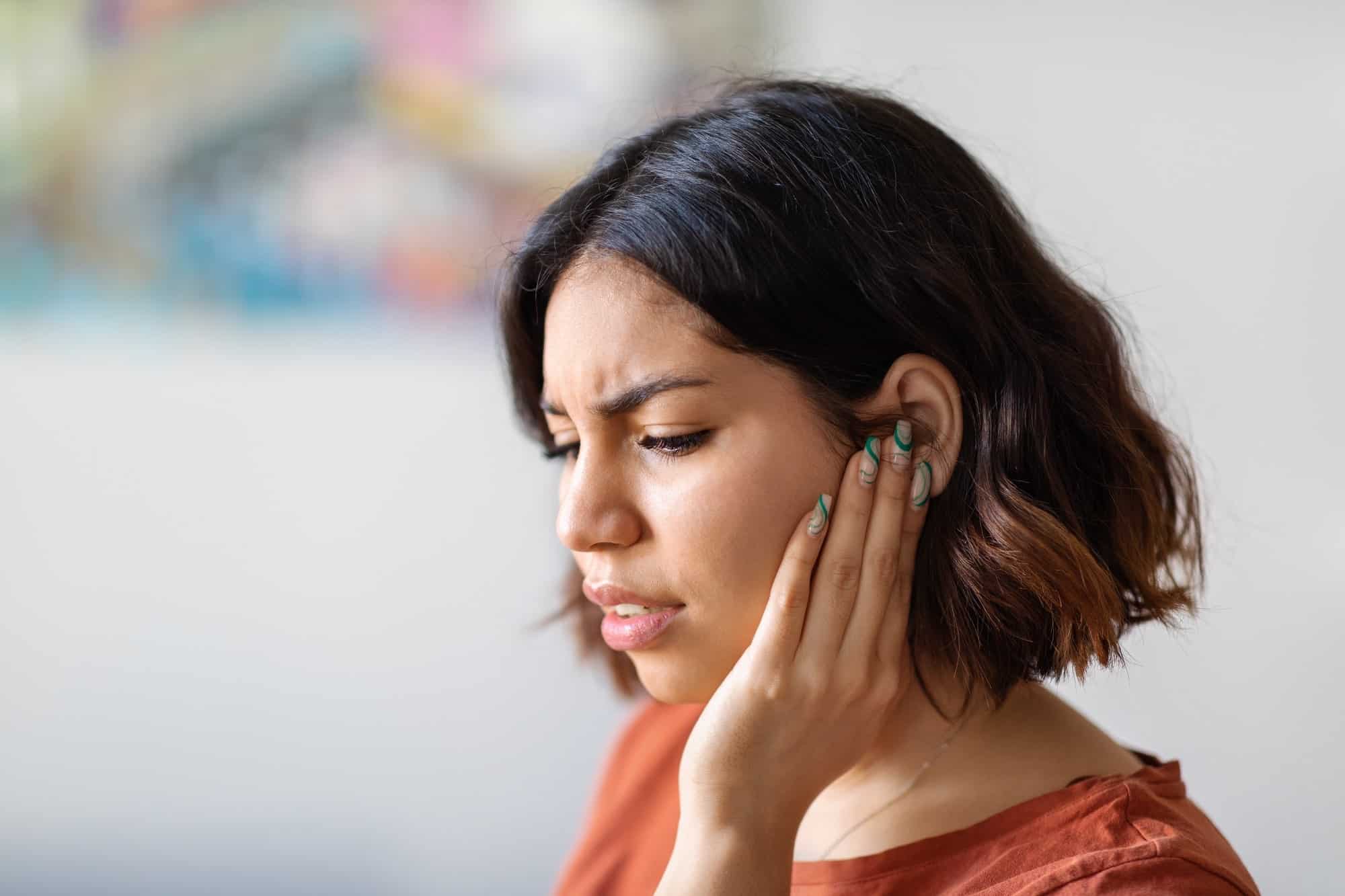Blog
Blog
Why You Shouldn’t Use Earplugs for Hyperacusis and Misophonia

If you live with hyperacusis or misophonia, you may be desperate to try any remedy to help deal with your heightened sound sensitivity. While earplugs may seem like a quick fix, using them can actually make your symptoms worse. Here’s a fact-check on using earplugs to manage hyperacusis and misophonia.
Understanding Hyperacusis and Misophonia
Hyperacusis is characterized by an abnormal sensitivity to everyday sounds, causing discomfort or pain. Misophonia, on the other hand, refers to a heightened emotional and physiological response to specific sounds — like chewing — often resulting in anger, anxiety or distress.
Both these conditions can significantly impact an individual’s quality of life, causing them to avoid social situations and experience isolation.
The Pitfalls of Earplug Use
While it might seem logical to use earplugs to reduce sound exposure and alleviate the symptoms of hyperacusis and misophonia, it’s important to understand the potential drawbacks associated with their prolonged use.
- Increased sensitivity. When you wear earplugs, you deprive your ears of sound stimulation. It can cause the brain to grow more sensitive to sound, making your problem sounds seem louder. Because earplugs block out some background noise, the targeted sound grows more prominent.
- Isolation and dependency. Relying solely on earplugs can lead to social isolation and dependence on them to cope with everyday situations. This can further perpetuate anxiety and hinder the development of effective coping strategies.
- Masking underlying issues. Earplugs may provide temporary relief by reducing sound levels, but they fail to address the root causes of hyperacusis and misophonia. Long-term improvement may be limited without addressing the underlying psychological and neurological factors.
The Importance of Professional Assessment and Treatment
To effectively manage hyperacusis and misophonia, it’s crucial to seek professional assessment and treatment from experts. Here’s why:
- Qualified professionals can conduct a thorough assessment to determine the severity of your condition and identify any underlying causes. This evaluation enables a tailored treatment plan specific to your needs.
- Professional audiologists use empirically proven treatments, such as tinnitus retraining therapy (TRT) and sound therapy, which target the physiological and neurological aspects of hyperacusis and misophonia. These interventions aim to reduce symptoms and enhance overall well-being.
- Addressing the root causes of hyperacusis and misophonia with professional treatment promotes long-term management strategies and improved quality of life. These strategies focus on developing adaptive coping mechanisms and reducing the impact of auditory triggers on daily life.
Speak with an Audiologist in Alberta Today
At Soundwave Hearing Care, an audiologist can test, diagnose, and treat hyperacusis and misophonia in children and adults. We’ll identify the root causes and recommend treatment strategies for long-term solutions. Contact us today to book an appointment with a Soundwave audiologist near you. We have locations in Calgary, Lethbridge, Grande Prairie and High River.
All the blogs are reviewed and edited by our clinic's lead audiologist, Dr. Anne Wooliams. Dr. Woolliams is an experienced audiologist specialized in pediatric audiology, auditory processing, and tinnitus/sound sensitivity therapy. She is dedicated to providing top-notch hearing care and helping her clients improve their language and communication abilities. Dr. Woolliams' expertise in literature and linguistics, combined with her passion for helping people improve their language and communication, make her an incredibly valuable asset in the field of audiology. Learn more about Dr. Woolliams.
